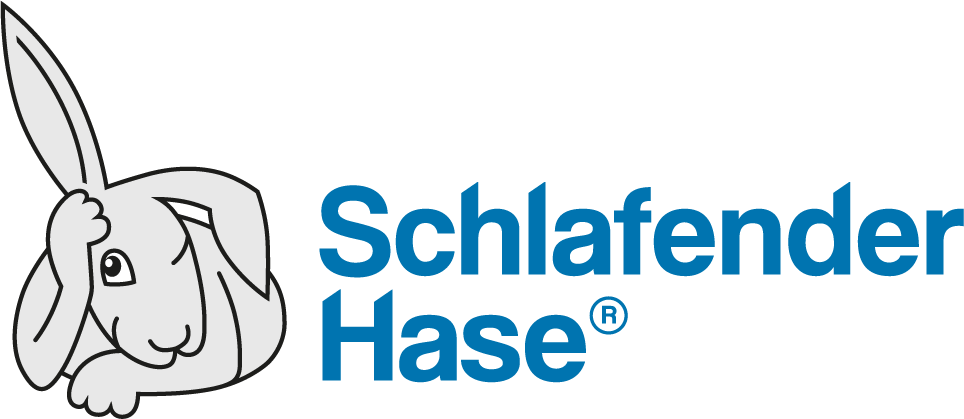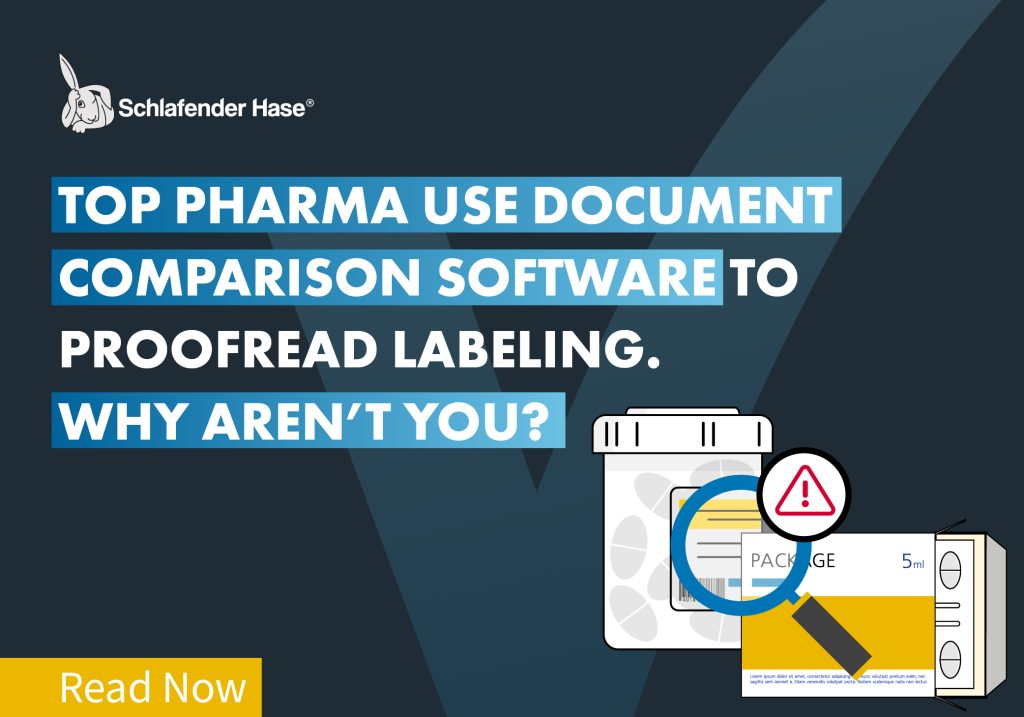As we move through 2022, Human Resource (HR) departments and recruiters are looking at the impact of the Great Resignation on regulatory affairs professionals.
The current trend to job switching, the “Great Resignation”, may be flattening out in some professions in mid-2022, but the difficulty of attracting and retaining top talent in regulatory affairs remains an ongoing challenge for pharmaceutical companies, and the stakes are high.
Regulatory affairs (RA) is a tough job by any measure, a pressure cooker of existing, new and ever-changing pharmaceutical regulations, with tight deadlines for submissions, and wide-ranging responsibilities that, on any given day, may include updating databases, working on submission documents, reviewing labeling and packaging, rewriting documentation, proofreading changes and much more. It may come as a surprise, but chance and a transfer within an organization – rather than a career choice from the outset – is how most regulatory affairs careers begin [1].
According to the RA recruiters Dennis Partners, 2022 has brought a slight decrease in the percentage of RA professionals expecting to stay in their current position (i.e. NOT considering a change) [2]. Its survey of 400 RA professionals in biotech, pharma and diagnostics in 2021 indicated that 55 percent expected not to change. In April 2022, this fell to 52 percent.
Remote work helps attract and retain regulatory affairs professionals, but brings workflow challenges
This raises the question of what RA professionals are seeking when they plan to change positions. Overwhelmingly, it was the ability to work remotely – some 79 percent in 2022. Interestingly, we see a similar picture among those expecting to stay in their positions: just over 80 percent of the 400 people surveyed said they would stay because remote work is allowed in their current position.
Remote work, it seems, is the best way to attract and retain RA professionals.
As well as being interesting for recruiters and managers, these responses tell us we would be wise to put significant attention on addressing challenges of remote work and workflows.
In terms of proofreading, two important things to consider are having the necessary technologies when working remotely, and the ability to communicate well with colleagues in the workflow who are at different locations.
Proofreading labeling and packaging is generally just one of an RA professional’s many tasks. Yet it is a crucial one that is often still performed manually. RA professionals currently managing multilingual documents manually with colleagues in remote subsidiaries are all too aware of the challenge. This often involves emailing revisions back and forth in fractured workflows, re-reading, making changes, seeking clarification through phone calls and video conferences, and much more. With more staff working remotely, this challenge has come home to everyone.
Among many other advantages, automated proofreading provides a shared platform that can replace this awkward, fragmented and time-consuming manual approach, bringing remote workers into the same workflow. Furthermore, communication is improved through various functionalities, including print-out reports, which create an audit trail to show what changes have been made, when they were made and by whom.
Challenging responsibilities are a good place to start
In the same survey, close to half of RA professionals gave “challenging responsibilities” as a reason why they would stay in their positions. We covered this aspect of attracting and retaining RA staff in some detail in an earlier article Empowering Experts, Retaining Talent, but to summarise briefly: Repetitive, non-value-adding tasks are demotivating and a waste of a trained professional’s time and skills. Resulting low morale can lead to higher staff turnover, but also to lower quality results. RA professionals are in short supply, so we want to keep them motivated and happy, and hopefully retain them.
This is again where technology comes to the rescue. Automated proofreading frees RA staff from repetitive manual tasks. Documents can be proofread faster, and less time is spent on revision cycles. For example, with each new manual revision, the entire document must be reread for new errors that might have been introduced. Automated proofreading software – specifically TVT, the Text Verification Tool – highlights any deviations between approved original documents and copies, making deviations immediately visible at a glance. This saves time, which RA professionals can dedicate to more value-added and challenging responsibilities, leading in turn to greater job satisfaction.
Taking stress and uncertainty out of the work environment
There are many other factors, of course, that attract the RA professional to a particular position. Compensation and benefits are obvious ones. A positive culture and healthy work environment, with less stress and a good work-life balance, are others.
Proofreading labeling and packaging in the pharmaceutical industry is stressful because the stakes are so high. The most easily overlooked errors, such as an incorrect digit in a dosage, can be the most harmful for patients, and result in product recalls and financial damage to the company. Automated proofreading technology not only saves time, simplifies proofreading, reduces revision cycles and speeds up turnarounds; it also offers a digital “third eye” that acts as an objective basis for answering critical questions of accuracy. Is the text that appears in the PDF artwork version the same as the text in the approved original MS Word document, or has a mistake crept in? Does the barcode make the grade? Are there artwork problems, including surprise hidden text? Do we have reading order issues not visible to the naked eye? Problems such as these are visible at a glance with automated proofreading solutions, taking the stress out of proofreading tasks.






